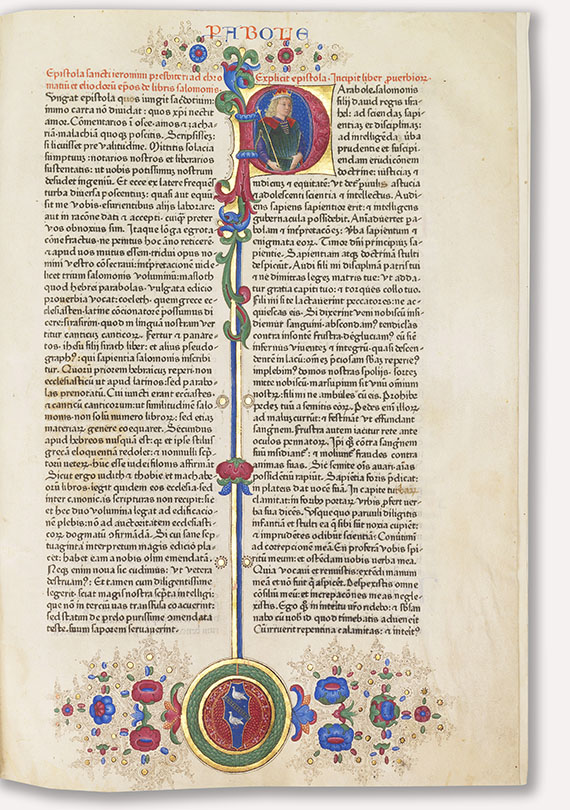Dictionary


Empire
Empire was a style developed during the rule of Napoleon I (1804-15), which in its pure form, was largely confined to French cultural circles. The style did, however, spread to the rest of Europe, where it resonated until 1830. It primarily influenced handicrafts, interior decoration, architecture, fashion, and architecture.
The monumental simplicity of Directoire was carried over through Consulate into the Empire style. It was a strictly linear but decorative, light, and ostentatious imperial style. Empire ornament was influenced by the formal canon of the Egyptians, Greeks and Roman Antiquity, in particular. The preferred motifs for interior design and furniture included eagles, sceptres, laurel wreaths, garlands, trophies and columns. The architects and decorative artists Charles Percier (1764-1838) and Pierre-François-Léonard Fontaine (1762-1853), who appropriated elements of Roman antiquity, had a decisive influence on the style. François-Honoré-Georges Jacob-Desmalter (1770-1841) was one of the most famous French furniture designers working in the Empire style. Many towns were redesigned during the Empire era; roads were built long and straight, and house construction unified, creating a monumental effect. Empire town planning projects were carried out in Paris, Lyon, Bordeaux, Brussels, Milan, Turin, and Rome. Empire architecture consisted mainly of memorials, (e.g. victory columns, triumphal arches, temples, imperial forums). This architecture can be seen in Paris in the Temple de la Gloire (the rebuilt Madeleine church), the Arc de Triomphe, and the Vendôme column. Empire style architecture accordingly emphasised heroic motifs, which reflected claims to power, with powerful porticos and massive forms, which were planned on a large scale. In painting, the style was reflected in classical works (by artists such as J.-L.David, A. Canova, J.-A.-D. Ingres) which glorified the Napoleonic empire.
Empire was a style developed during the rule of Napoleon I (1804-15), which in its pure form, was largely confined to French cultural circles. The style did, however, spread to the rest of Europe, where it resonated until 1830. It primarily influenced handicrafts, interior decoration, architecture, fashion, and architecture.
The monumental simplicity of Directoire was carried over through Consulate into the Empire style. It was a strictly linear but decorative, light, and ostentatious imperial style. Empire ornament was influenced by the formal canon of the Egyptians, Greeks and Roman Antiquity, in particular. The preferred motifs for interior design and furniture included eagles, sceptres, laurel wreaths, garlands, trophies and columns. The architects and decorative artists Charles Percier (1764-1838) and Pierre-François-Léonard Fontaine (1762-1853), who appropriated elements of Roman antiquity, had a decisive influence on the style. François-Honoré-Georges Jacob-Desmalter (1770-1841) was one of the most famous French furniture designers working in the Empire style. Many towns were redesigned during the Empire era; roads were built long and straight, and house construction unified, creating a monumental effect. Empire town planning projects were carried out in Paris, Lyon, Bordeaux, Brussels, Milan, Turin, and Rome. Empire architecture consisted mainly of memorials, (e.g. victory columns, triumphal arches, temples, imperial forums). This architecture can be seen in Paris in the Temple de la Gloire (the rebuilt Madeleine church), the Arc de Triomphe, and the Vendôme column. Empire style architecture accordingly emphasised heroic motifs, which reflected claims to power, with powerful porticos and massive forms, which were planned on a large scale. In painting, the style was reflected in classical works (by artists such as J.-L.David, A. Canova, J.-A.-D. Ingres) which glorified the Napoleonic empire.
Offers


